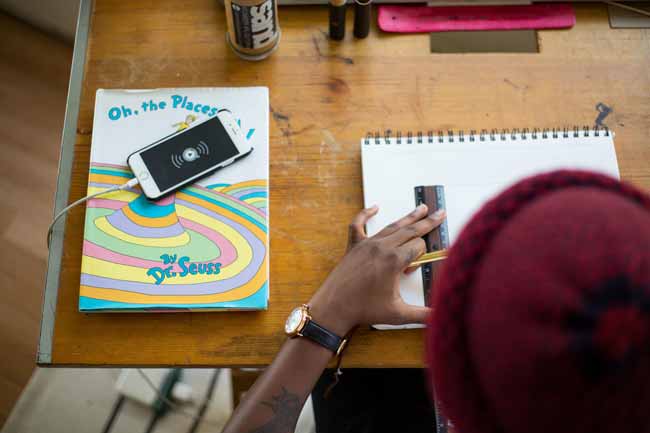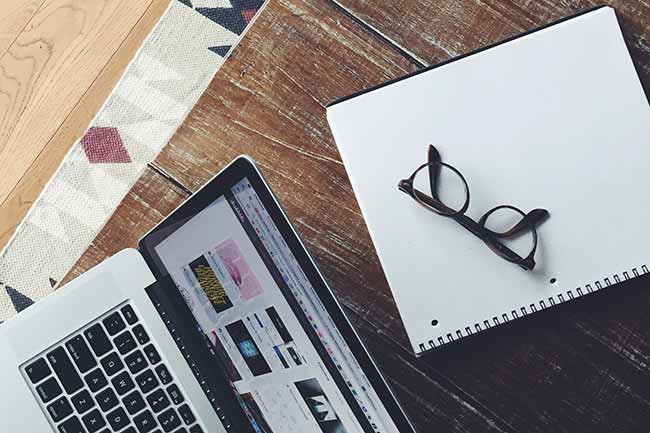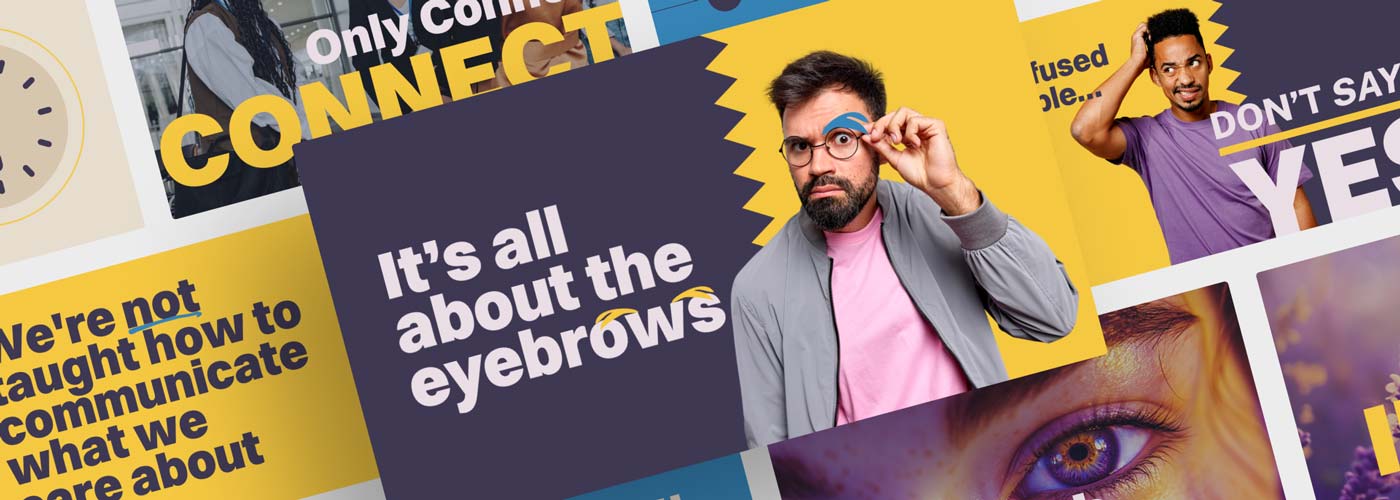Do you know how to brief a designer? Think about it for a second…
There’s more to it than simply asking whether someone can provide the services you need. An effective design brief will give your project and creative vision a chance to flourish, and ultimately benefits both the client and the designer. Oh, and you’ll save time and money, too.
So if you’re unsure of how to brief a designer, or you’re worried that your idea will be lost in translation, help is at hand. I’m going to give you a selection of tips that will improve your next design brief, and explain the benefits it will bring.
The purpose of a design brief
It’s important to establish exactly what a design brief is. Essentially, the objective is to provide a designer with all the information they need. This could include a variety of things such as your deadline, budget, or target audience.
What it shouldn’t include, however, is information on the aesthetics and elements of design. You can propose a few suggestions, of course – brand guidelines are a good example – but the responsibility falls on the designer to deal with the visual aspects.
Now, let’s go into a bit more detail as to what you should include in a design brief and why.

When is your deadline?
Make your deadline clear from the outset. The designer who you’ve selected could be at maximum capacity for that particular month, so it’s crucial that you make your deadline known. If you can be flexible with your deadline, do it. It may help keep costs down.
It’s also important to remember that quality work takes time. You don’t want to be rushing your project as this can lead to mistakes. Asking a designer to work outside of office hours will be a lot more expensive, too. If you know that your deadline is short, make sure you contact a suitable designer within a reasonable time and communicate as clearly and expeditiously as possible.
What are your goals/objectives?
Are you trying to win investment? Keep an audience engaged? Tell the designer your goals so you can discuss what you’d like to achieve. This can influence the design in numerous ways, so it’s critical that you share this information.
What does your business do?
This may sound glaringly obvious, but you’d be surprised how little attention is often paid to this area. Your chosen designer won’t be an expert in your company’s field or have technical knowledge about the product you’re promoting. Therefore, it’s a good idea to provide a background of what your company or product does, free of unnecessary jargon. Keep it simple and tell your designer exactly what they need to know.

Who is your target audience?
Again, it’s another important aspect that can aid a designer. If you’re looking to create content for a more mature audience, then your designer will want to avoid targeting a younger demographic instead.
What is your budget?
It’s a sensitive subject, but don’t be afraid to show your hand early on. It’s critical that a designer knows the level of service you require and so that you can understand what is possible within your budget. If you’re asking for a grand and lavish design, but only have a tiny budget to play with, then you’ll save a lot of time by making this clear.
If what you’re asking for doesn’t fit your chosen budget, perhaps the designer can reign in your expectations with a more appropriate design. There’s always room for a compromise, so make your designer aware of your needs and keep them realistic.
Do you have any examples?
If you’re struggling to explain what you’re after, then why not show off some examples? There’s nothing wrong with providing a designer with a visual reference. It may also spark a conversation of how your design could be improved upon. You could also check a designer’s portfolio page and choose styles you like from there.
It may seem strange, but it’s often a good idea to be specific about what you don’t want to see, too. This will give the designer a clear indication of what they strictly need to avoid.

Have you provided everything the designer needs?
Whether it’s pictures, brand guidelines, logos or content, make sure that your designer has everything they need so they can begin. This will prevent any needless back and forth and save a lot of time in the process.
Do you have any questions?
And that brings us to our final point: don’t be afraid to ask questions! There’s always going to be some discussion regarding your project, and the more communication the better – within reason, of course.
So the next time you have a creative project and you need to brief a designer, remember to spend some time including the suggestions above before you get in touch. It will make your life, and the designer’s life, a lot easier. It also gives your project the best chance of success!
Contact us today to find out how we can help you with your presentation design.


